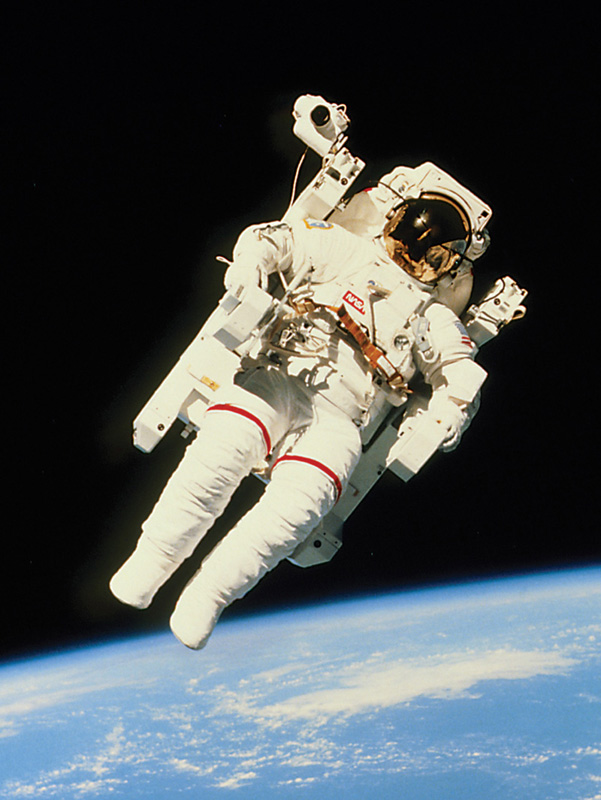
WHAT IT IS An amble through the cosmos
WHY YOU WON’T DO IT You might prefer somewhere with a little more atmosphere
There can be few more potent symbols of mankind’s great scientific achievements than the sight of a human being floating in space. Those in the business don’t actually call it spacewalking, however, but rather EVA (extravehicular activity). And it’s not all about adventure – even in space you need to wee.
The first man to go on an EVA was Soviet cosmonaut, Aleksei Leonov, who made a 12-minute walk on 18 March 1965 and ran into difficulties when his spacesuit expanded and he had to struggle to fit back through the airlock. Another Russian, Anatoly Solovyev, has more experience of floating in the great beyond than anybody else, with 82 hours and 16 EVAs under his belt.
Training takes place in vast water tanks that simulate the weightless conditions of orbit. NASA’s Neutral Buoyancy Laboratory in Houston, Texas contains some 28 million litres (6.2 million gallons) of water, and astronauts train here for an average of seven hours for every hour they expect to spacewalk. Modern astronauts also take advantage of virtual reality to replicate various spacewalk activities.
Obviously you’ll need a spacesuit – or as NASA insists, ‘extravehicular mobility unit’ (EMU). The suit is designed to protect you from the effects of vacuum, as well as other hazards such as small meteors, extreme temperatures and ultraviolet radiation. EMUs comprise 18 separate parts and 14 distinct layers, and include an in-suit drink bag. The first piece to go on is the MAG (Maximum Absorption Garment), designed to help out if you get caught short in mid-EVA. It takes around 15 minutes to put on the complete suit, but you will spend a full day preparing for a walk. This includes several hours breathing pure oxygen (ridding the body of excess nitrogen and reducing the risk of ‘the bends’ and a period of decompression in the airlock.
In space, a safety tether around your waist will keep you connected to your vessel at all times. The tether allows you to wander up to 17 metres (55 ft) away. You will also sport a joystick-controlled, jetpack-like device known as SAFER (Simplified Aid for EVA Rescue) to help you get back to your craft if the tether breaks. Depending on the complexity of your task, the walk may last anything from a few minutes to several hours, but however hard you’re working, remember to stop and enjoy the view.